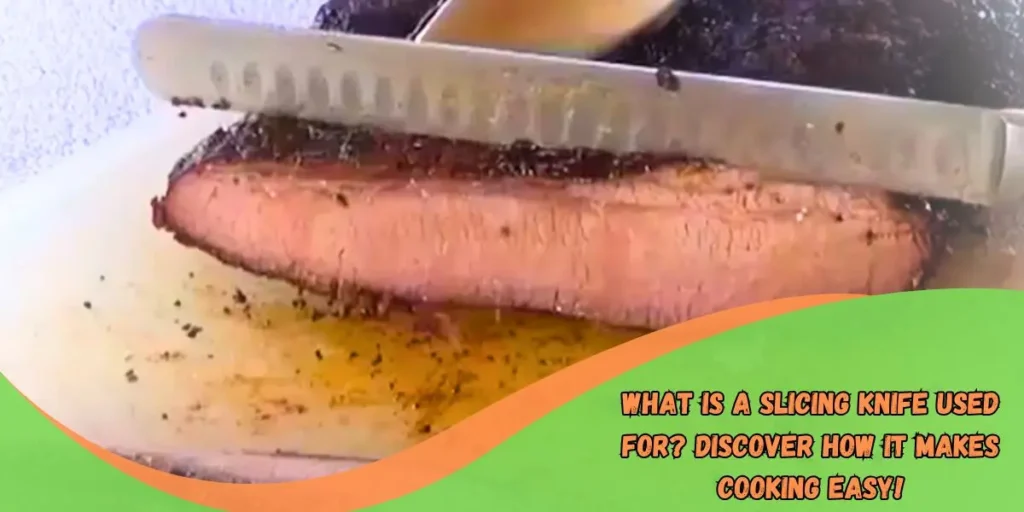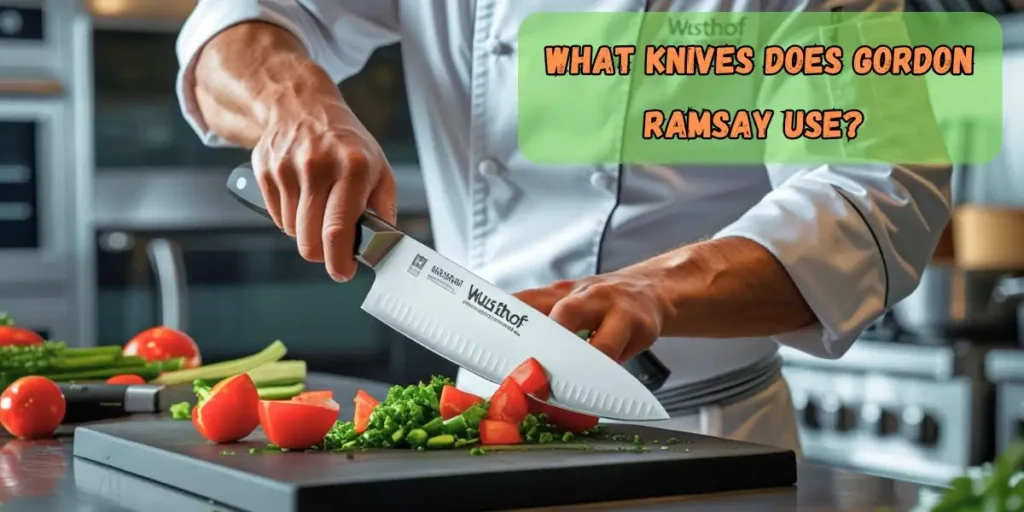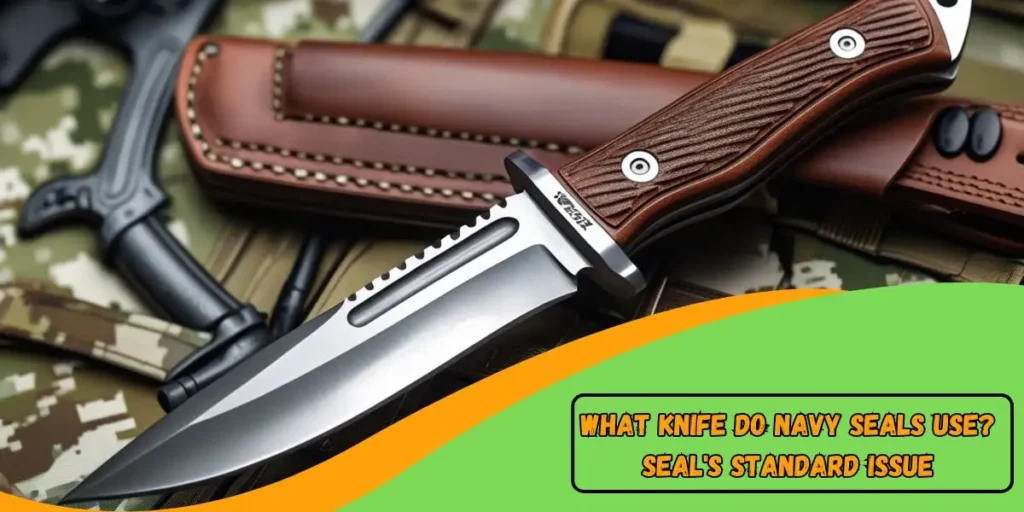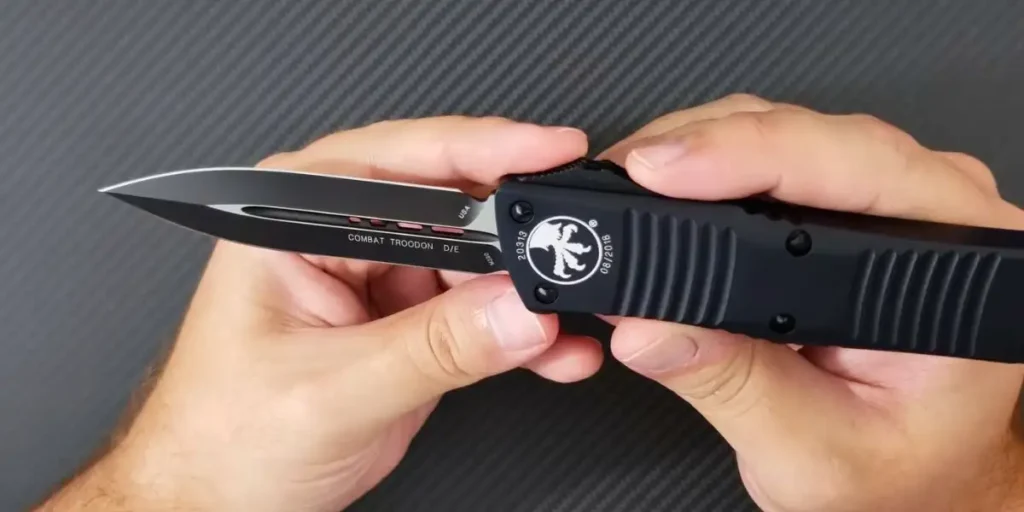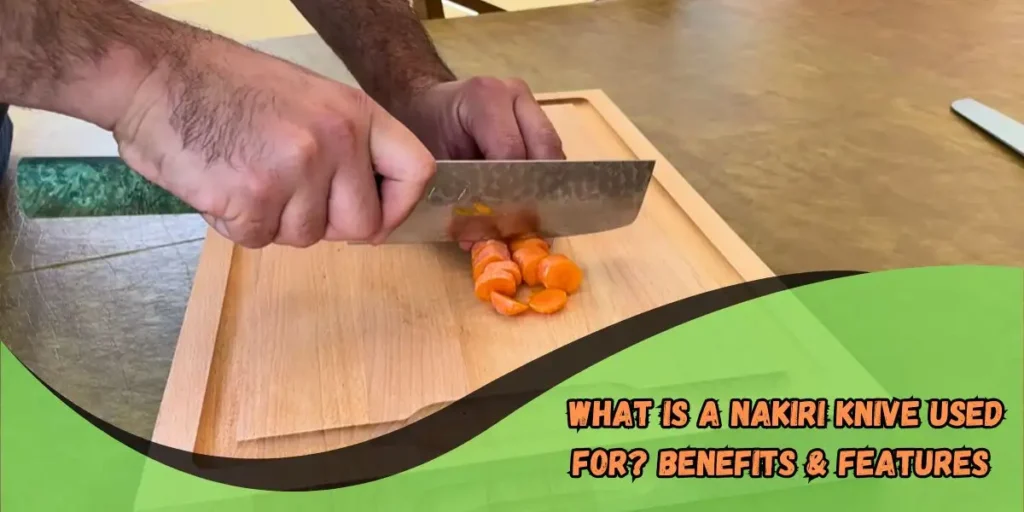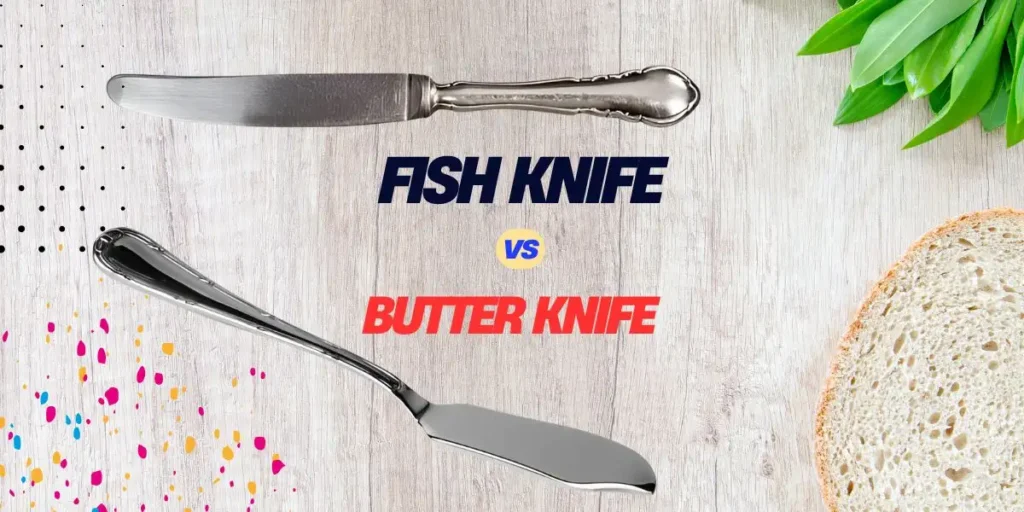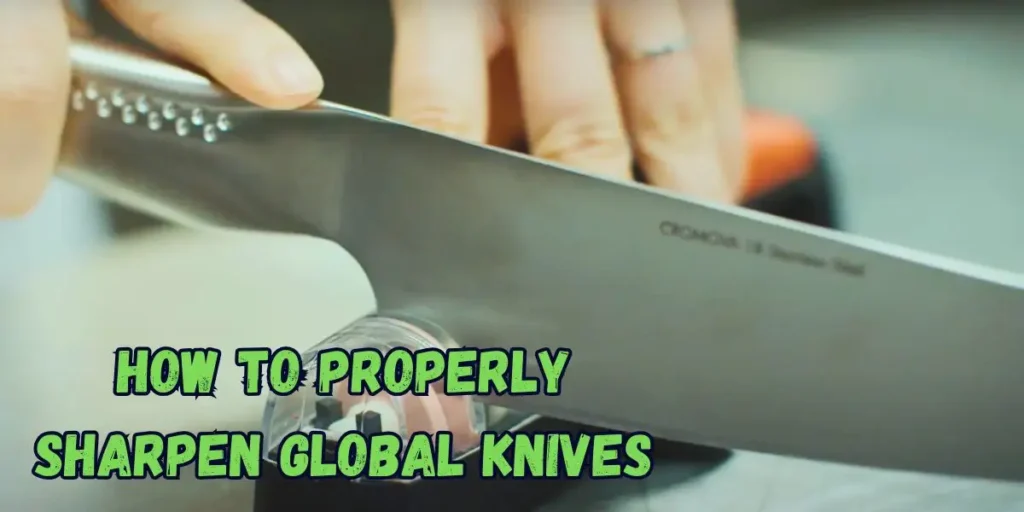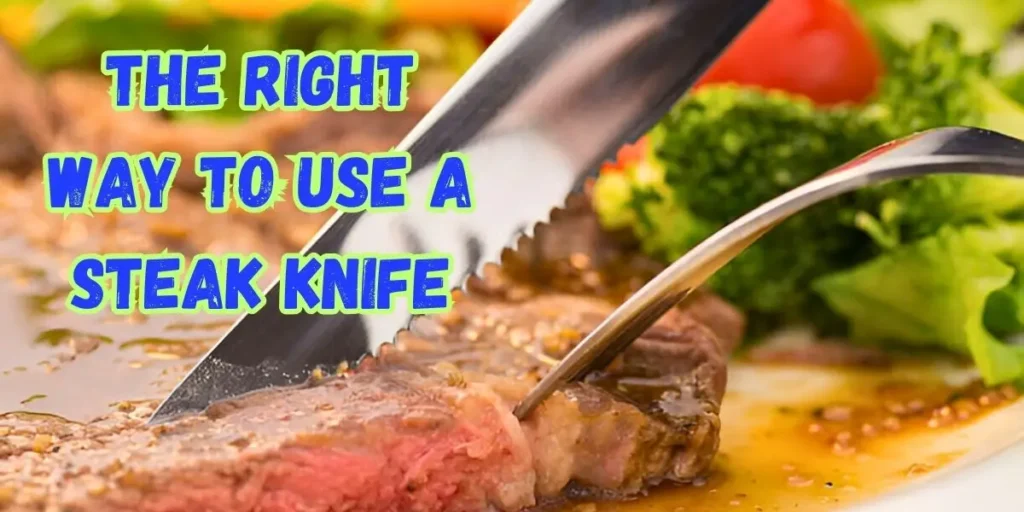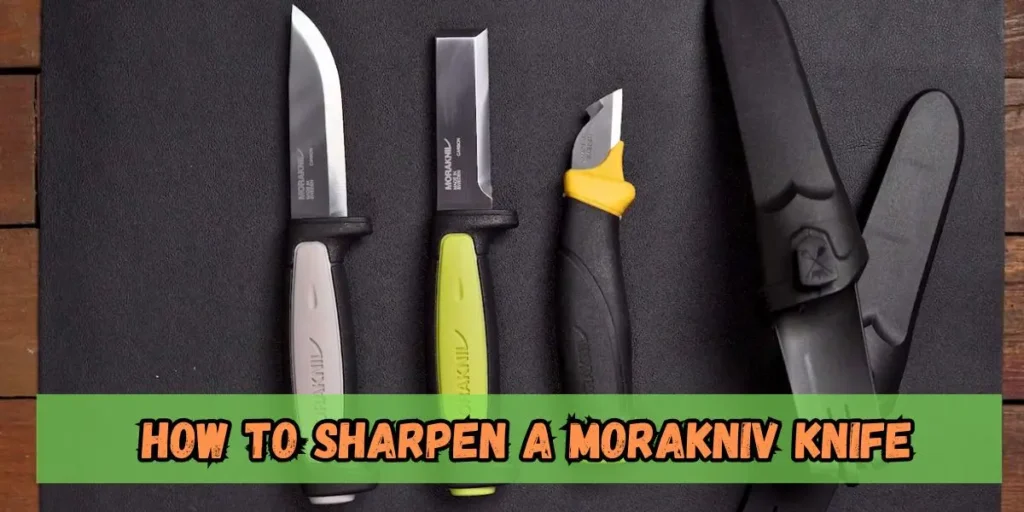How to Fix a Loose Stacked Leather Knife Pivot Pin 2025
A loose pivot pin in a stacked leather knife can significantly affect its performance, safety, and longevity. If you notice wobbling or difficulty opening and closing your knife, the pivot pin may be the issue. This small but essential part holds the blade in place, allowing for smooth and reliable operation.
Fixing a loose pivot pin is crucial for restoring the knife’s functionality and overall durability. In this guide, we’ll walk you through a simple, straightforward process to tighten or replace the pin, using essential tools like screwdrivers, pliers, and epoxy if needed.
Whether you’re a seasoned knife enthusiast or just starting, understanding how to care for your knife will ensure it stays in top condition for years. Let’s dive into this easy-to-follow repair and keep your knife working like new!
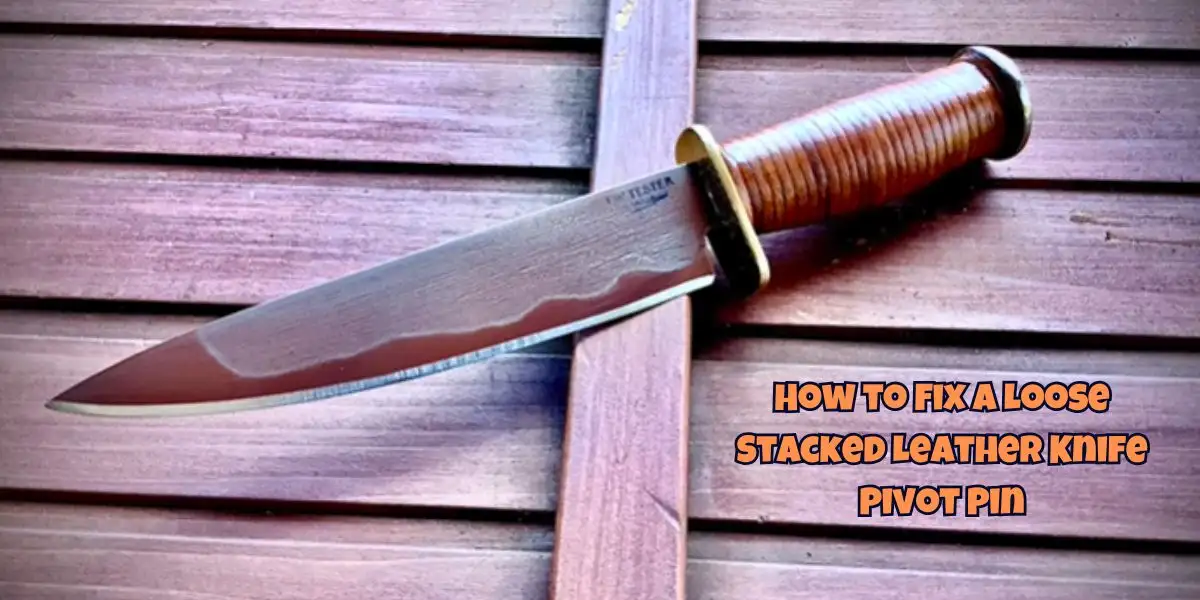
What is a Stacked Leather Knife and Why the Pivot Pin Matters?
Definition of Stacked Leather Knives
A stacked leather knife is a type of knife where the handle is made from layers of leather. These layers are stacked, pressed together, and often held in place with rivets or screws. The result is a sturdy, durable handle with a classic, sleek look. The leather layers can provide a firm grip and attractive design, making these knives popular with collectors and outdoor enthusiasts.
Role of the Pivot Pin
The pivot pin, though small, plays a crucial role in your knife. It’s the connection point between the blade and the handle, enabling smooth movement. The blade rotates around the pivot pin when you open or close the knife. This pin keeps the blade steady and ensures it folds and unfolds correctly. Without a properly functioning pivot pin, the blade may wobble or feel loose, making the knife difficult or unsafe to use.
Potential Issues with a Loose Pivot Pin
A loose pivot pin can lead to several issues. The most noticeable problem is a wobbly blade. If the pin isn’t tight, the blade may shift from side to side, affecting its movement. This can make opening or closing the knife more difficult. In some cases, the blade might even become stuck in one position. A loose pivot pin can also lead to uneven wear, which could shorten the life of the knife. To keep your knife in top condition, fixing any loose pivot pin as soon as you notice it is crucial.
Tools and Materials Needed
List of Tools
You’ll need a few simple tools to fix a loose pivot pin in your stacked leather knife. Here’s what you’ll need:
- Screwdrivers (specific sizes depending on your knife’s screws)
- Hammer or mallet (for tapping parts into place)
- Leather punch (if you need to adjust the handle)
- Epoxy or adhesive (optional, for extra security)
- Replacement pivot pin (if the old one is damaged)
- Tweezers, pliers, or a clamp (for handling small parts)
Why Each Tool is Needed
- Screwdrivers: You’ll need these to remove or tighten the screws holding the handle or pivot pin in place. Make sure to pick the right size to avoid damaging the screws.
- Hammer or mallet: A soft hammer or mallet helps you tap parts gently into place without damaging your knife.
- Leather punch: This tool is helpful if the leather handle needs adjustment or the pin has damaged the leather.
- Epoxy or adhesive: If the pivot pin is loose and you want extra security, a bit of epoxy can help keep the pin firmly in place. Avoid excess glue, which could interfere with the knife’s function.
- Replacement pivot pin: Sometimes, the pivot pin wears out. In that case, replacing it will restore the knife’s smooth operation.
- Tweezers, pliers, or a clamp: These tools help you handle small parts and keep everything secure while you work on the knife.
Step-by-Step Guide to Fixing a Loose Pivot Pin
Step 1: Assess the Loose Pivot Pin
Before you begin fixing the pivot pin, confirming that it’s the real issue is essential. First, check if the blade moves too much when opening or closing the knife.
A wobbly or loose blade usually indicates that the pivot pin has come loose. Gently wiggle the blade back and forth to see if it moves more than it should. If it does, it’s time to tighten or replace the pin.
If the pin itself feels loose when you touch it, the problem is confirmed. But if the blade’s movement seems stiff or uneven, there may be other issues, such as dirt or rust in the pivot area. Clean the pivot area before proceeding, just in case.
Step 2: Disassemble the Knife Handle (If Necessary)
Before you can fix the pin, you may need to disassemble the knife handle. This is usually a simple process. First, make sure the knife is closed and secure. You don’t want to cut yourself while handling the knife accidentally. Next, use your screwdriver to remove any screws that are holding the handle in place.
Keep track of all small parts, like screws and washers, as you remove them. This will help you reassemble the knife later without any missing pieces. If the handle is tightly secured, you might need a small hammer or mallet to tap the screws loose gently. Be careful not to damage the handle or the parts inside.
Step 3: Tighten the Loose Pivot Pin
Once the handle is removed, you can access the pivot pin. Use your screwdriver to gently tighten the pin, pulling just enough so the blade moves smoothly. Don’t over-tighten it, as this can cause the blade to become too stiff to open or close properly. If you feel resistance while tightening, stop to avoid damaging the pin or the knife. This process, while simple, requires a delicate touch and attention to detail. If the pivot pin does not move or seems stuck, it may be corroded. In that case, a small amount of lubricant might loosen it. Be cautious, and don’t use too much oil, as this could affect the knife’s grip.
Step 4: Replace the Pivot Pin (If Necessary)
If tightening the pivot pin doesn’t fix the problem, the pin may be worn out or damaged. In this case, you’ll need to replace it. To do this, remove the old pin using pliers or tweezers. Once the old pin is removed, insert the new one. Make sure the new pin fits snugly into the knife’s pivot hole.
If you have difficulty getting the pin in place, tap it gently with a small mallet. Be careful not to damage the handle or other parts of the knife.
Step 5: Reassemble the Knife
Once the pivot pin is tightened or replaced, it’s time to reassemble the knife. Place the handle back on the blade and align the screws with the holes. Gently screw the handle back into place, being sure not to over-tighten. Check that the blade opens and closes smoothly before proceeding.
Step 6: Optional – Reinforce the Pin with Adhesive
If you want extra security for the pivot pin, use a small amount of epoxy or adhesive. This step is optional but can help keep the pin firmly in place over time. Apply a tiny amount of adhesive around the pin and allow it to dry completely before using the knife again.
Common Mistakes to Avoid
Over-tightening the Pivot Pin
Over-tightening is one of the most common mistakes when fixing a loose pivot pin. It’s tempting to tighten the pin as much as possible, thinking it will secure the blade. However, this can cause more harm than good. Overtightening can make the blade too stiff to open or close smoothly, damage the pivot pin, or damage the handle. The key tightens the pin just enough so the blade moves freely without wobble.
Using the Wrong Tools
Another mistake is using the wrong tools. Using a screwdriver that doesn’t fit properly can damage the screws or the pivot pin. Always make sure you’re using the screwdriver of the correct size. Don’t force the pin with pliers or other tools if stuck. This can cause the knife to break or the pin to bend. Instead, use a gentle approach and apply a bit of lubricant if needed.
Not Checking the Pin’s Condition
It’s essential to check whether the pivot pin is loose or worn out. If it is worn or damaged, tightening it will not solve the problem. In that case, you’ll need to replace it. Scrutinize the pin before attempting repairs to ensure you’re fixing the right issue.
Maintaining Your Knife to Prevent Future Loose Pivot Pins
Regular Inspections
Regular inspection of your knife is one of the best ways to prevent a loose pivot pin. Look at the pivot area every few months to ensure the pin is still secure. If you notice any movement or wobble, tighten the pin before it becomes a bigger problem. Regular checks will help you catch issues early and avoid further damage.
Lubrication
Lubricating the pivot area is another critical step in maintaining your knife. A small amount of lubricant can reduce friction and prevent the pivot pin from wearing out too quickly. Use a knife-safe lubricant for the pivot area where the blade meets the handle. This will help the blade move smoothly and reduce the chances of the pin loosening over time.
Proper Handling
How you handle your knife also affects its longevity. Avoid putting too much pressure on the pivot pin when using the knife. Be gentle when opening or closing the blade. This will help prevent unnecessary strain on the pin and keep it in good condition for longer. Also, store your knife in a dry place to avoid rust or corrosion, which can weaken the pivot pin and other parts.
Conclusion
Fixing a loose pivot pin on a stacked leather knife is easy yet important. With the right tools and steps, you can keep your knife working smoothly for years. Start by checking if the pivot pin is loose, then tighten or replace it. Always reassemble the knife carefully to ensure everything fits properly.
Remember, regular maintenance is key to avoiding future issues. Check your knife often for loose parts and lubricate the pivot area to keep it in top shape. Proper handling also plays a significant role in preserving your knife’s function and appearance.
Following these steps will ensure that your knife remains a reliable tool, ready for use whenever needed. If you’re unsure about repairing, don’t hesitate to seek professional help. Your knife’s longevity and performance depend on it!
Frequently Asked Questions (FAQs)
A pivot pin can become loose due to frequent use, wear over time, exposure to moisture, or improper handling. Regular checks can help identify looseness early.
The pivot pin will likely lose if the blade wobbles or moves too much when opened or closed. Gently wiggle the blade to check for movement.
Not always. If the pin is loose but not damaged, tightening it will solve the problem. Replacement is needed only if the pin is worn or broken.
In most cases, you must remove the handle to access the pin correctly. Disassembling ensures you tighten or replace the pin safely without damage.
Tighten the pin until the blade moves smoothly without excessive resistance. You've likely overtightened the pin if it becomes hard to open or close.
Adhesive can provide extra security, but it’s not always necessary. If the pin is secure after tightening, adhesive may not be needed. Use cautiously if you decide.
If used frequently, you should inspect your knife every 3-6 months or more. Regular checks help catch issues early before they cause more significant problems.
Related Posts
-
 What Is a Slicing Knife Used For? Discover How It Makes Cooking Easy!
What Is a Slicing Knife Used For? Discover How It Makes Cooking Easy! -
 What knives does Gordon Ramsay use? Check out his premium knives
What knives does Gordon Ramsay use? Check out his premium knives -
 What Knife Do Navy Seals Use? SEAL's Standard Issue 2025
What Knife Do Navy Seals Use? SEAL's Standard Issue 2025 -
 What Knife Does John Wick Use? Learn About His Deadly Blade
What Knife Does John Wick Use? Learn About His Deadly Blade -
 What is a Nakiri Knives Used For? Benefits & Features Explained
What is a Nakiri Knives Used For? Benefits & Features Explained -
 Fish Knife vs Butter Knife: Key Differences and Uses Explained
Fish Knife vs Butter Knife: Key Differences and Uses Explained -
 How to Sharpen Global Knife: A Quick Guide 2025
How to Sharpen Global Knife: A Quick Guide 2025 -
 Decoding the Iconic Why So Serious Joker Knife
Decoding the Iconic Why So Serious Joker Knife -
 The Right Way to Use a Steak Knife: Tips and Tricks
The Right Way to Use a Steak Knife: Tips and Tricks -
 How to Sharpen a Morakniv Knife Safely and Effectively
How to Sharpen a Morakniv Knife Safely and Effectively

